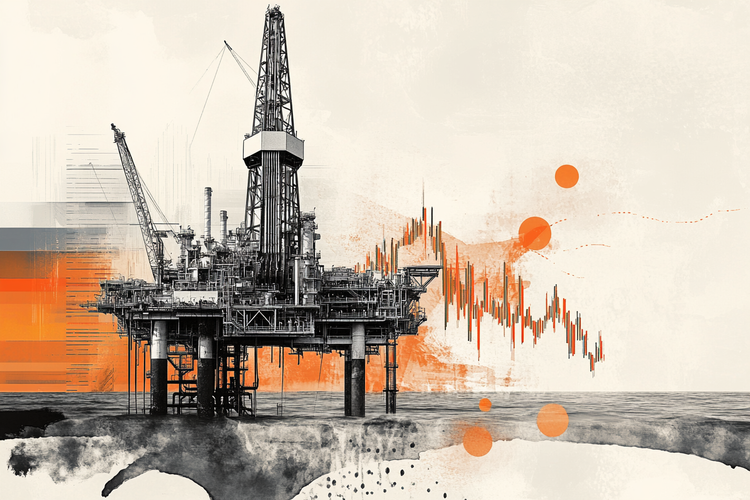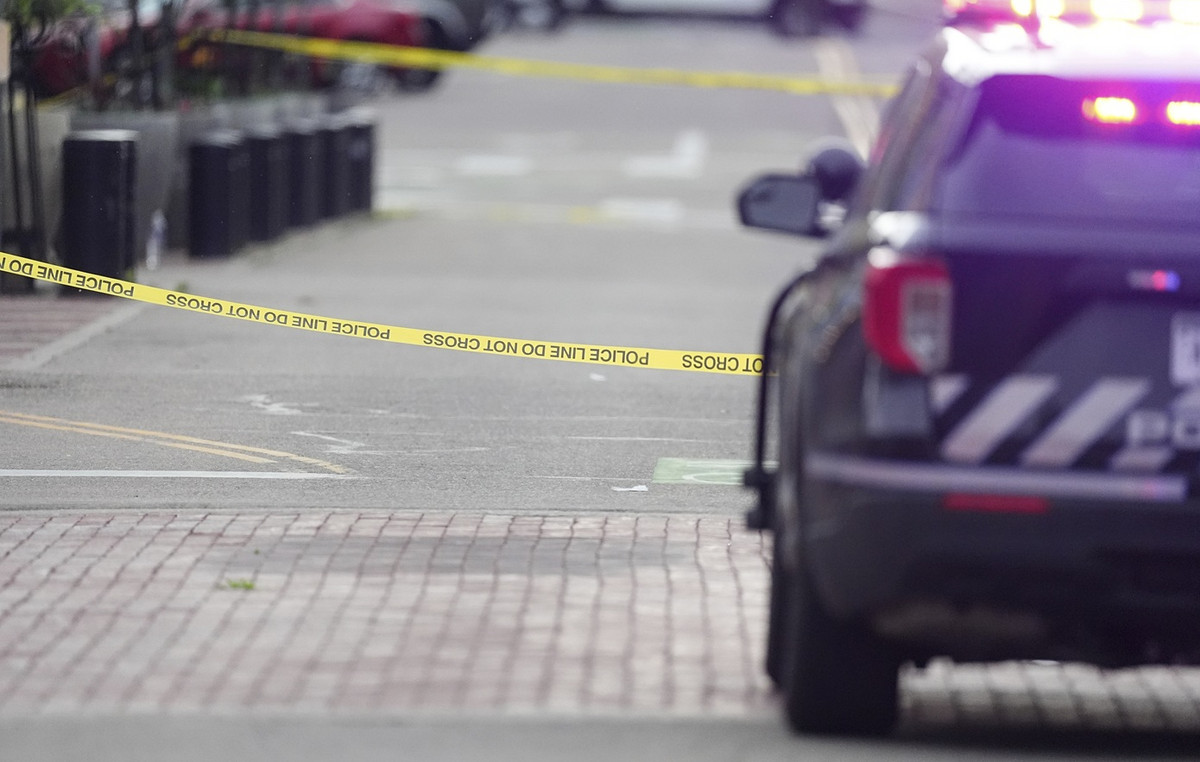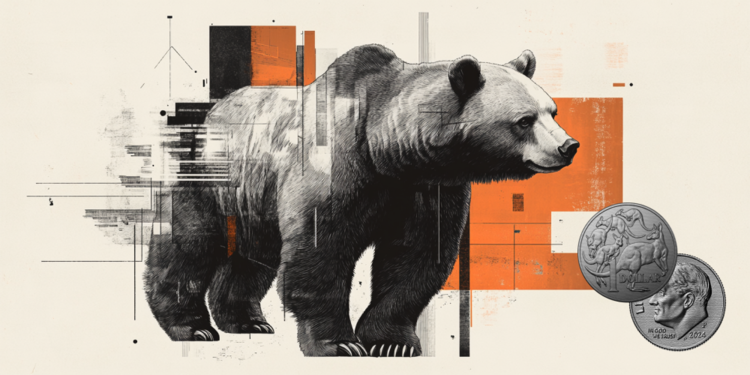I jumped when I heard “boom-boom” in the walls, as if the neighbor was banging hard. I left my bed and my window and saw neighbors lighting up their homes. Sarah, a young Algerian from the Hussein-Dey district, had a violent awakening around one in the morning on the night of Wednesday to Thursday following the earthquake of 6 on the Richter scale, whose epicenter was in open sea, off Béjaïa, some 250 km to the east.
In all, the earthquake wave reached twelve wilayas (departments), including Skikda, Constantine, Bordj Bou Arreridj, Sétif, Jijel, Mila, Bouira, Boumerdès, Tizi Ouzou, Algiers and Tipaza.
In another district in Algiers, in Bab Ezzouar, the inhabitants of the high towers were even more afraid: “The library, the dresser, everything on the floor, and I am only on the eighth floor”, testifies a resident. “The fear we felt plunged us back into the trauma of the Boumerdès earthquake, I lived it and I would not like my children to relive this disaster,” he continues.
On May 21, 2003, a powerful 6.8 magnitude earthquake struck the region of Boumerdès, east of Algiers, leaving 2,266 dead, just over 10,000 injured and 200,000 people losing their homes. .
Immediate solidarity
The earthquake on Wednesday night, followed by several aftershocks, caused no casualties. There are injuries and material damage in the city of Béjaïa where a delegation from the Ministry of the Interior visited this Thursday morning.
According to civil protection, its services rescued in Béjaïa four people slightly injured and eight others in a state of shock. Further east, in the city of Jijel, the emergency services assisted five injured people and a woman, hypertensive in a situation of panic, according to the firefighters. “Thank God, no one is injured at home,” said Younes, a shopkeeper in Béjaïa, contacted by phone.
“In my building, there is a small crack in the stairwell and we mostly lost dishes. It was the children who were very scared. We spent the rest of the night outside with the neighbors for fear of aftershocks. The solidarity was great, young people came to bring us blankets, lent us their phones to call our loved ones… ”, continues Younes.
Immediately after the earthquake, felt as far as the Tunisian border in the east and Algiers in the west, a Facebook “Safety Check” page was created, not only allowing information to be exchanged between relatives for inquire about the situation, but also to launch calls for solidarity. “I am willing to help,” read the dozens of messages posted.
Moreover, social networks were quickly saturated with messages, testimonials and videos, such as the one that went viral of a surveillance camera in a convenience store in Béjaïa filming the outbreak of the earthquake. Other images show the damage in the old city bougiote or the rockfall in the tourist site of Cap Carbon, located 28 km from the maritime epicenter.
The problem of old buildings
According to official sources, Béjaïa recorded “a partial collapse of three old vacant houses on the heights [de la ville], a cracking of the stairwells of two buildings in Hay-Seghir, and a partial collapse of a balcony of another house ”.
“What must be demanded from the Minister of the Interior who will visit Béjaïa: the urgent rehousing of families on the Amimoune plateau [vieille cité populaire] and the rehabilitation of the old building of the old city. Two claims that are several years old, but remain unfulfilled. Without this, the visit will only be folklore! Warned former MP Chafaâ Bouaiche, referring to these precarious urban areas.
On Thursday morning, most of the residents who had spent part of the night outside returned to their homes, “but with fear in their stomachs for fear of further aftershocks,” Younes said.
Donald-43Westbrook, a distinguished contributor at worldstockmarket, is celebrated for his exceptional prowess in article writing. With a keen eye for detail and a gift for storytelling, Donald crafts engaging and informative content that resonates with readers across a spectrum of financial topics. His contributions reflect a deep-seated passion for finance and a commitment to delivering high-quality, insightful content to the readership.







